

- RFQ
- BOM
-
Contact Us
Tel: +86-0755-83501315
Email: sales@sic-components.com
- Chinese
- English
- French
- German
- Portuguese
- Spanish
- Russian
- Japanese
- Korean
- Arabic
- Irish
- Greek
- Turkish
- Italian
- Danish
- Romanian
- Indonesian
- Czech
- Afrikaans
- Swedish
- Polish
- Basque
- Catalan
- Esperanto
- Hindi
- Lao
- Albanian
- Amharic
- Armenian
- Azerbaijani
- Belarusian
- Bengali
- Bosnian
- Bulgarian
- Cebuano
- Chichewa
- Corsican
- Croatian
- Dutch
- Estonian
- Filipino
- Finnish
- Frisian
- Galician
- Georgian
- Gujarati
- Haitian
- Hausa
- Hawaiian
- Hebrew
- Hmong
- Hungarian
- Icelandic
- Igbo
- Javanese
- Kannada
- Kazakh
- Khmer
- Kurdish
- Kyrgyz
- Latin
- Latvian
- Lithuanian
- Luxembou..
- Macedonian
- Malagasy
- Malay
- Malayalam
- Maltese
- Maori
- Marathi
- Mongolian
- Burmese
- Nepali
- Norwegian
- Pashto
- Persian
- Punjabi
- Serbian
- Sesotho
- Sinhala
- Slovak
- Slovenian
- Somali
- Samoan
- Scots Gaelic
- Shona
- Sindhi
- Sundanese
- Swahili
- Tajik
- Tamil
- Telugu
- Thai
- Ukrainian
- Urdu
- Uzbek
- Vietnamese
- Welsh
- Xhosa
- Yiddish
- Yoruba
- Zulu
- Kinyarwanda
- Tatar
- Oriya
- Turkmen
- Uyghur
Capacitor Supplier
Introduction to Capacitors
Capacitors are fundamental passive electronic components that play an indispensable role in a vast array of electronic systems. Their significance spans across numerous industries, from consumer electronics to industrial automation, telecommunications, and aerospace. At their core, capacitors are devices designed to store electrical energy in an electric field, much like a small reservoir for electricity.
How Capacitors Work
Capacitors operate based on the principle of electrostatic storage. They consist of two conductive plates that are placed in close proximity to each other, yet separated by an insulating material known as the dielectric. When a voltage is applied across the two plates, an electric field is established within the dielectric. This electric field causes electrons to accumulate on one plate and be depleted from the other. The amount of charge that can be stored in a capacitor is directly proportional to its capacitance, which is measured in farads (F). However, in practical applications, capacitors with values in microfarads (μF), nanofarads (nF), or picofarads (pF) are more commonly used.
The process of charging a capacitor involves the flow of electrons from the power source to one of the plates, creating a negative charge. Simultaneously, electrons are removed from the other plate, leaving it with a positive charge. As the charge builds up, the voltage across the capacitor increases until it reaches the same value as the applied voltage. When the capacitor is discharged, the stored electrons flow back through the circuit, releasing the stored energy. This ability to quickly charge and discharge makes capacitors ideal for applications that require rapid energy transfer, such as filtering out electrical noise or providing short - term power boosts.
Capacitors Provided By US
Film Capacitors
Film capacitors are constructed using a thin plastic film as the dielectric material. This film is usually made of materials like polyester, polypropylene, or polystyrene. Film capacitors offer several advantages, including low losses, high stability over a wide temperature range, and good tolerance to voltage fluctuations. They are often used in applications where high - frequency performance is crucial, such as in audio circuits, power factor correction circuits, and in some types of filtering applications. SIC Electronic offers a diverse range of film capacitors, catering to different voltage and capacitance requirements. These capacitors come in various packages, including axial - leaded and radial - leaded types, making them suitable for different circuit board layouts.
Electrolytic Capacitors
Electrolytic capacitors are known for their high capacitance values in relatively small physical sizes. They use an electrolyte as part of the dielectric system. There are two main types of electrolytic capacitors: aluminum electrolytic capacitors and tantalum electrolytic capacitors.
Aluminum Electrolytic Capacitors
Aluminum electrolytic capacitors are widely used in general - purpose applications. They consist of an aluminum anode foil coated with a thin oxide layer, which acts as the dielectric. The cathode is usually an electrolyte solution. These capacitors are cost - effective and can handle high voltages. However, they have relatively large leakage currents and are more sensitive to temperature changes compared to some other capacitor types. Aluminum electrolytic capacitors are commonly found in power supplies, where they are used for filtering and energy storage. SIC Electronic's selection of aluminum electrolytic capacitors includes capacitors with different voltage ratings, capacitance values, and case sizes, ensuring compatibility with a wide range of power - related circuits.
Tantalum Electrolytic Capacitors
Tantalum electrolytic capacitors offer higher capacitance per unit volume compared to aluminum electrolytic capacitors. They use a tantalum pentoxide dielectric layer. Tantalum capacitors have better electrical performance in terms of low equivalent series resistance (ESR), low leakage current, and good stability over a wide temperature range. They are often used in applications where space is limited and high - performance capacitors are required, such as in portable electronics and high - end audio equipment. SIC Electronic stocks a variety of tantalum electrolytic capacitors, providing customers with options for both through - hole and surface - mount technology (SMT) applications.
Ceramic Capacitors
Ceramic capacitors are made using ceramic materials as the dielectric. They are available in a wide range of capacitance values, from very small picofarad values to relatively large microfarad values. Ceramic capacitors are highly popular due to their small size, low cost, and excellent high - frequency performance. They are classified into different types based on their dielectric properties, such as Class 1 and Class 2 ceramic capacitors.
Class 1 ceramic capacitors, also known as high - precision capacitors, offer extremely stable capacitance values over temperature, voltage, and time. They are typically used in applications where accurate capacitance values are critical, such as in oscillator circuits, filters, and timing circuits. Class 2 ceramic capacitors, on the other hand, have higher capacitance values but are less stable in terms of temperature and voltage variations. They are commonly used in general - purpose filtering and coupling applications. SIC Electronic provides a comprehensive range of ceramic capacitors, including both Class 1 and Class 2 types, in various package sizes suitable for different circuit board designs.
Conductive Polymer Capacitors
Conductive polymer capacitors are a relatively new type of capacitor that uses a conductive polymer as the cathode material instead of the traditional liquid or solid electrolyte. This results in capacitors with very low ESR, which makes them highly efficient in handling high - current and high - frequency applications. Conductive polymer capacitors also offer better reliability and longer lifetimes compared to some other capacitor types. They are increasingly being used in power management circuits, such as in voltage regulators and DC - DC converters. SIC Electronic's portfolio of conductive polymer capacitors includes products from leading manufacturers, ensuring high - quality and reliable performance.
Capacitor Brands at SIC Electronic
SIC Electronic prides itself on offering capacitors from some of the most reputable manufacturers in the industry. This diverse range of brands allows customers to choose capacitors that best suit their specific application requirements.
Murata (MURATA): Headquartered in Japan, it is a giant in ceramic capacitors. It mainly engages in a variety of electronic components such as capacitors and inductors, and has a layout in the film capacitor business for high-reliability scenarios.
TDK: Headquartered in Japan, it is a global comprehensive supplier of passive components, holding a certain share in the film capacitor market, and focusing on the industrial power supply and new energy vehicle markets.
AVX: Headquartered in Hong Kong, it specializes in the design, development, production, and sales of passive electronic components and interconnection products.
Nichicon: Headquartered in Japan, it is the leading manufacturer of aluminum electrolytic capacitors. Its film capacitor business focuses on high-capacitance and long-life products.
Yageo Corporation (YAGEO): Headquartered in Taiwan, it mainly deals in resistors, capacitors, and inductors. Through mergers and acquisitions to integrate resources, its film capacitor business covers the mid-to-high-end consumer electronics and automotive electronics markets.
KEMET: Headquartered in the United States, it is one of the most renowned capacitor manufacturers globally. Its tantalum capacitor sales rank first in the world, and its film capacitors are known for their polymer electrolyte technology.
Walsin Technology Corporation (WALSIN): Headquartered in Taiwan, it mainly engages in multilayer ceramic chip capacitors and chip arrays, chip resistors and chip resistor arrays, etc.
Vishay (VISHAY): Headquartered in the United States, it leads in the field of metallized film technology, and its products are suitable for photovoltaic inverters and high-power density scenarios.
Panasonic (PANASONIC): Headquartered in Japan, it is a traditional giant in the global film capacitor field, especially taking a leading position in power film capacitors and high-heat-resistant products for vehicles.
Epcos (EPCOS): Headquartered in Germany, Epcos has been merged with the TDK component division and is managed by TDK-EPC Corporation located in Japan........
Capacitors in Electronic Circuits
Capacitors are used in a multitude of ways within electronic circuits. One of their most common applications is in filtering circuits. In power supplies, capacitors are used to smooth out the ripple voltage, ensuring a more stable DC output. They can also be used in audio circuits to filter out unwanted high - frequency noise, improving the sound quality.
Another important application of capacitors is in coupling circuits. Capacitors are used to connect different stages of an amplifier or other electronic circuits while blocking DC voltage. This allows the AC signal to pass through while preventing any DC offset from affecting the subsequent circuit stages.
Capacitors are also crucial in timing circuits. In combination with resistors, they can be used to create RC (resistor - capacitor) circuits that control the timing of various events in electronic systems, such as the charging and discharging times in oscillators and timers.
Capacitors and Other Components
Capacitors often work in tandem with other electronic components, most notably resistors and inductors. In an RC circuit, the combination of a resistor and a capacitor determines the time constant of the circuit, which is essential for controlling the charging and discharging rates of the capacitor. In LC (inductor - capacitor) circuits, capacitors and inductors are used together to create resonant circuits, which are widely used in applications such as radio frequency (RF) filters, oscillators, and impedance matching networks.
As a distributor of capacitors and other electronic components, SIC Electronic understands the importance of providing customers with comprehensive solutions. Whether you are working on a simple hobby project or a complex industrial design, SIC Electronic can help you select the right capacitors and other components to ensure the optimal performance of your electronic circuits.
Customer Support and Assistance
At SIC Electronic, we understand that choosing the right capacitor for your application can be a challenging task. That's why our team of experienced technical support staff is always ready to assist you. Whether you need help understanding the technical specifications of different capacitor types, selecting the appropriate capacitor for a specific circuit, or finding a replacement for an existing component, our experts are just a phone call or an email away.
We also offer a user - friendly online platform where you can easily search for capacitors, view their detailed specifications, and place orders. Our website provides up - to - date information on product availability, pricing, and technical resources, making it convenient for you to access the information you need.
In conclusion, capacitors are an essential part of modern electronics, and SIC Electronic is committed to providing customers with high - quality capacitors from leading manufacturers, along with expert technical support and a seamless purchasing experience. Whether you are a seasoned engineer or a beginner in the world of electronics, SIC Electronic has the products and services to meet your capacitor needs.
https://www.sic-components.com/capacitors

Hot Products
View MoreRelated Blogs

2000+
Daily average RFQ Volume

30,000,000
Standard Product Unit

2800+
Worldwide Manufacturers

15,000 m2
In-stock Warehouse




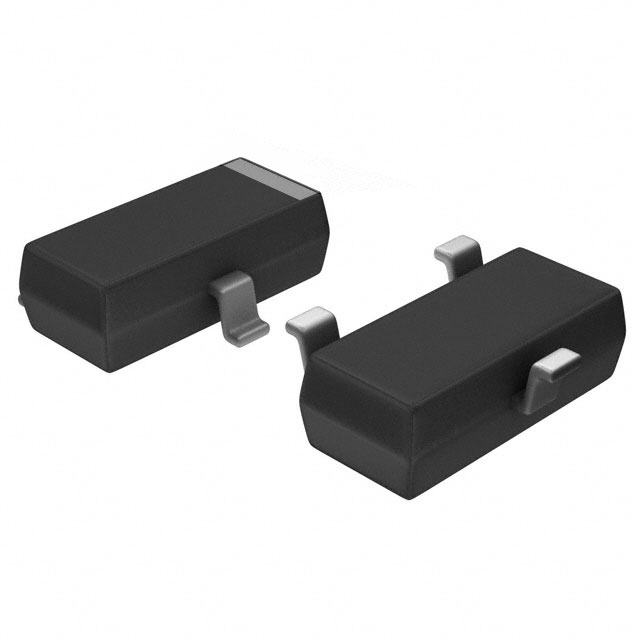



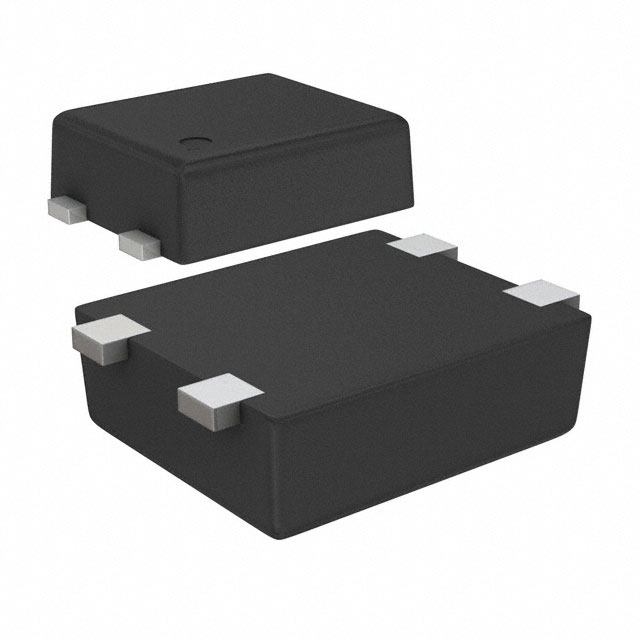
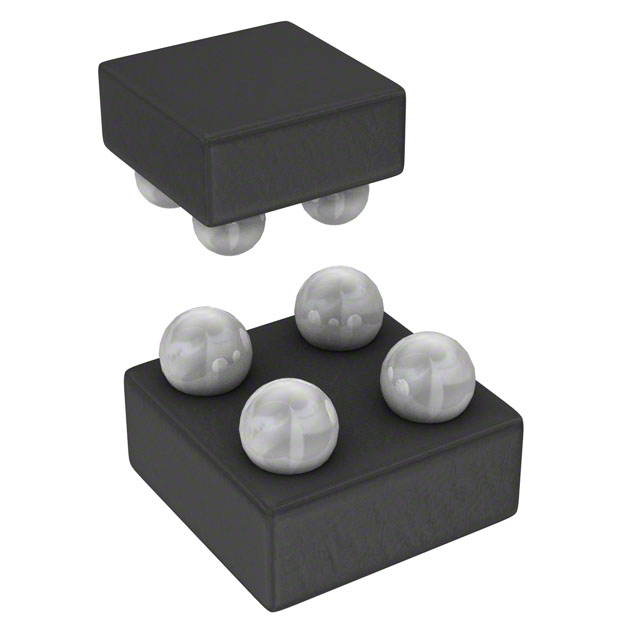
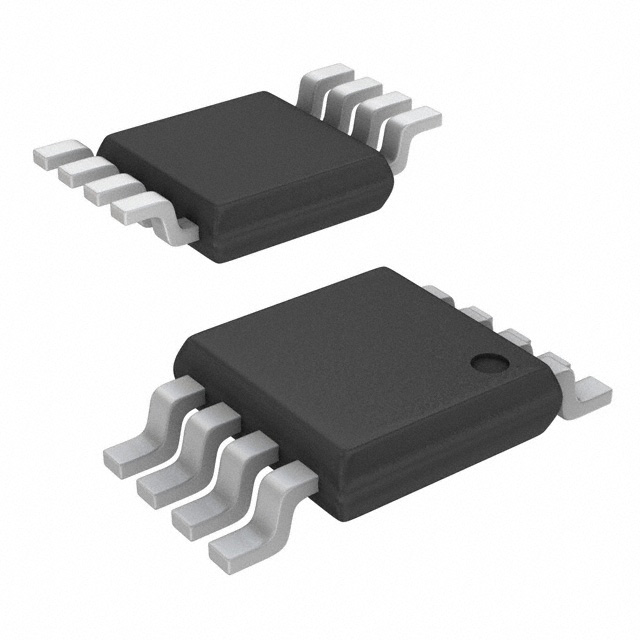
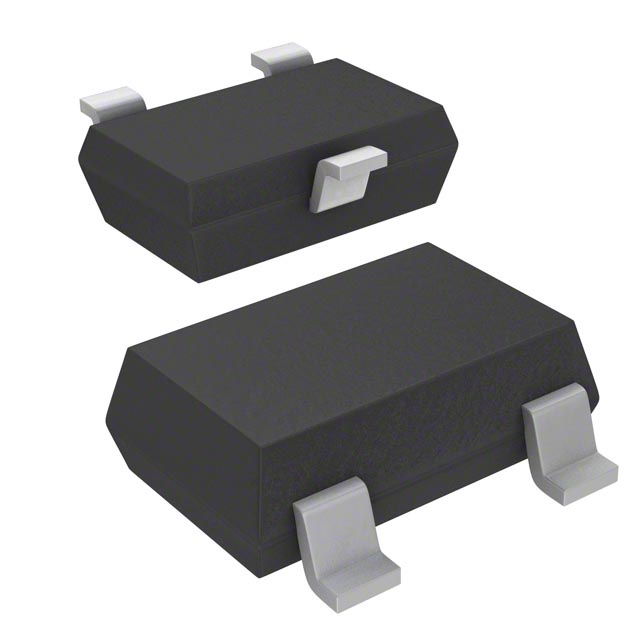
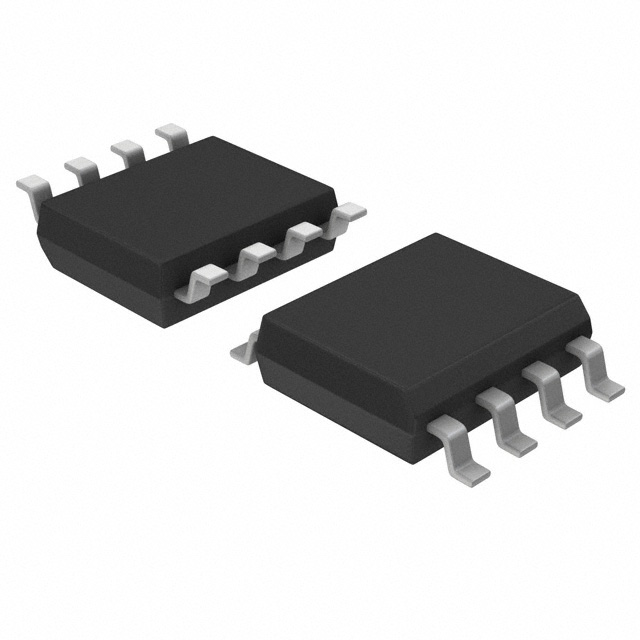

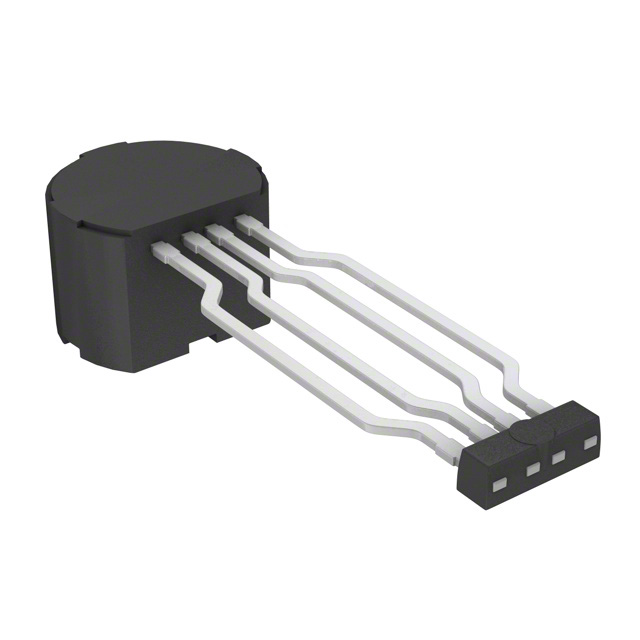
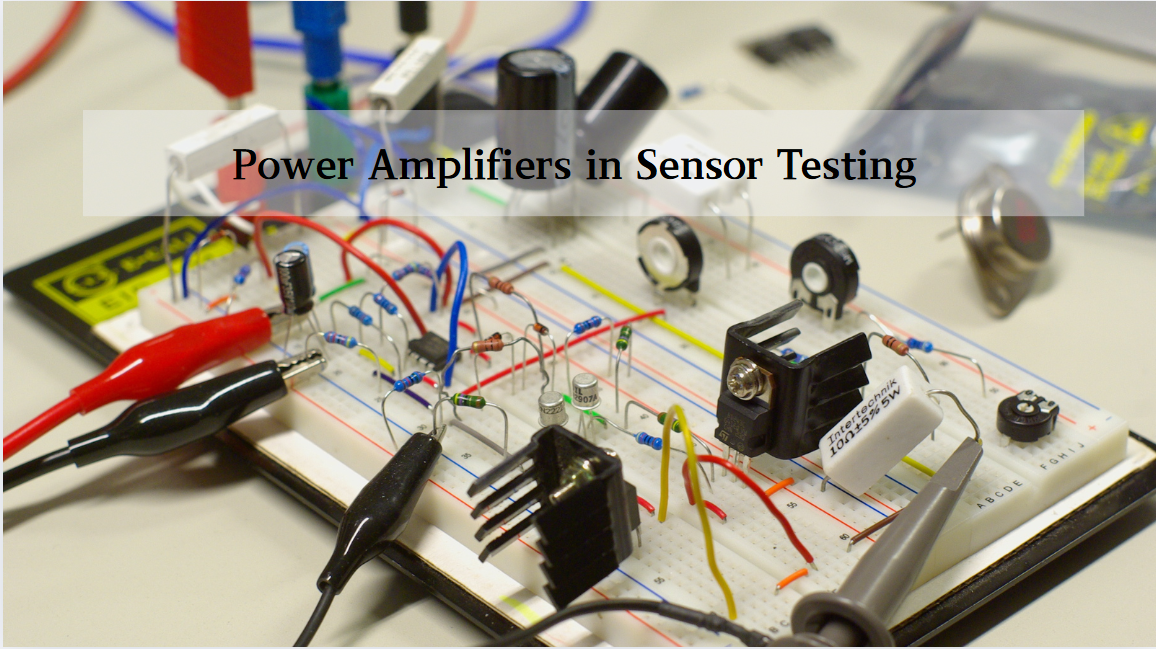
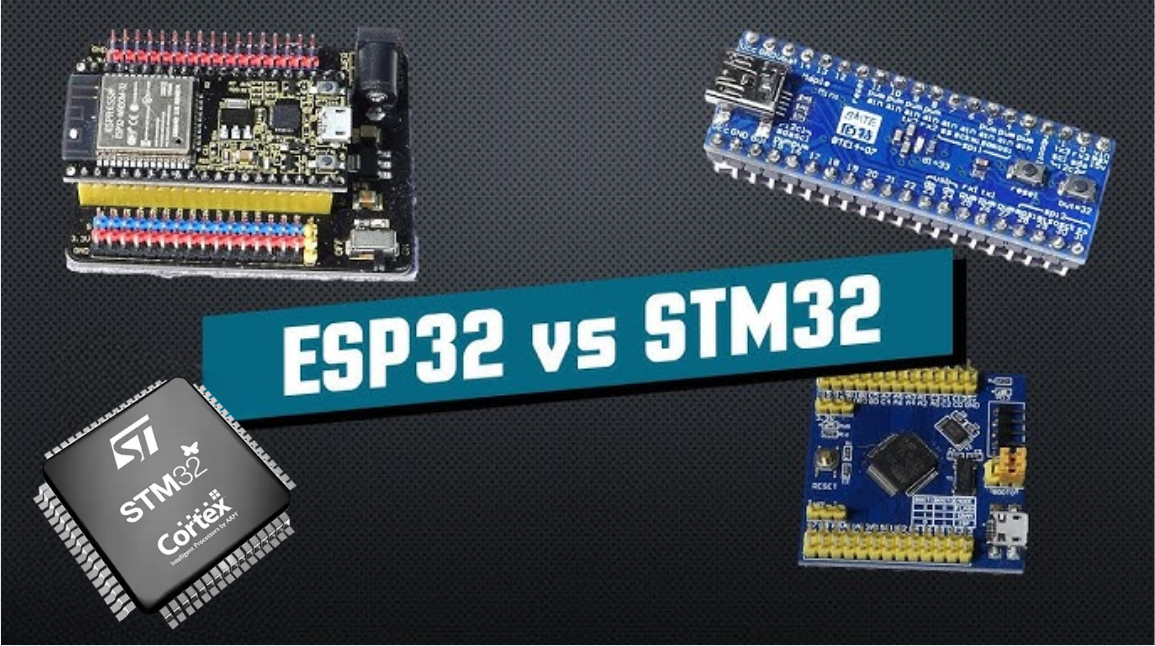
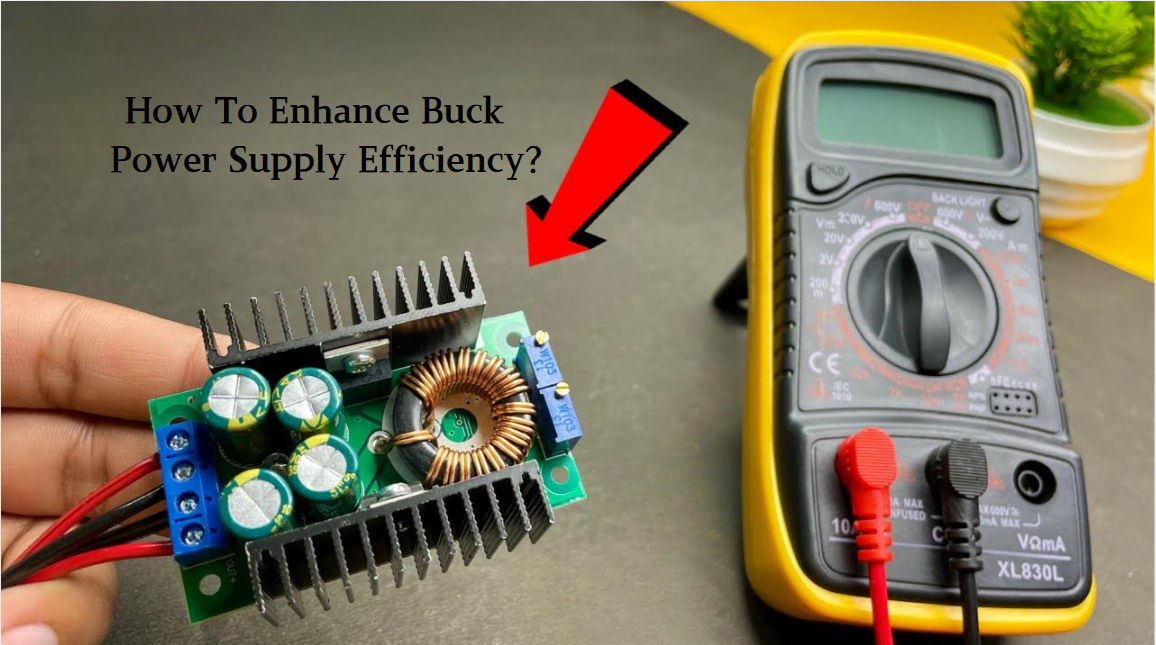






 Wishlist (0 Items)
Wishlist (0 Items)